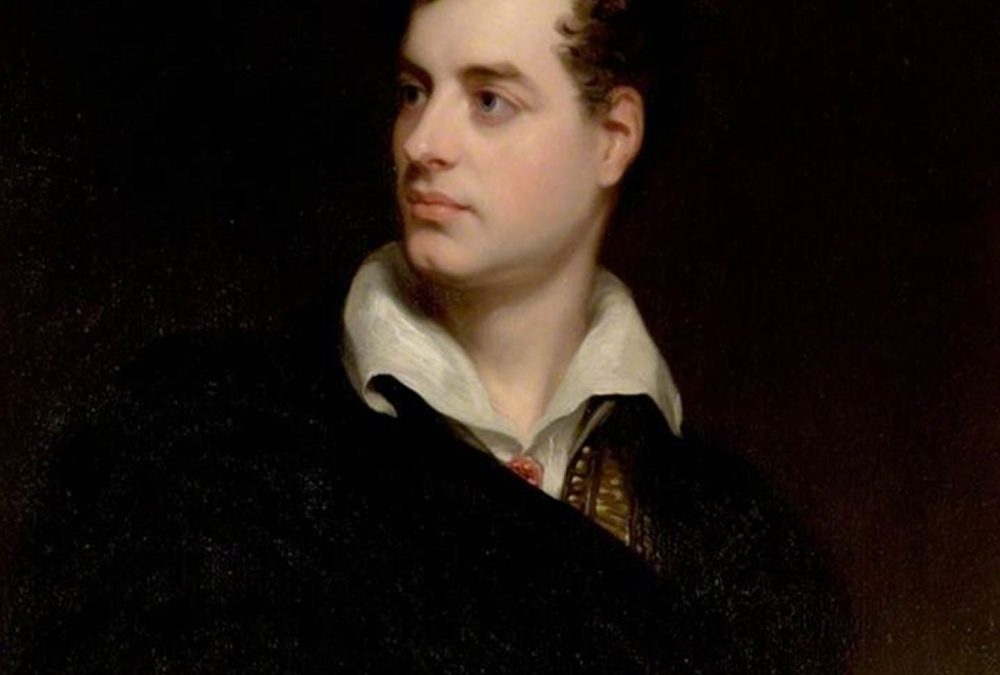Lord Byron Portrait by Thomas Phillips, c.1813
“I first got a thread of the song reading a Moorcock tale called ‘Pale Roses’. ‘Pale Roses’ is a futuristic sci-fi novella, set in the so-called ‘end of time’.”
“Thanks to that particular story, because that story drew from Victorian literature, I then delved into Lord Byron’s poem ‘Darkness’, in 1816″. ‘Darkness’ was purportedly inspired by a conversation about the end of the world that Lord Byron was said to have had with Percy Shelley that year.”
“It recalled in me the old evangelical phrase, “the end of the world is nigh”, which I decided to work in the song’s opening line. All that set into motion the song’s apocalyptic-end-of-the-world lyrics. The final couplet rhyme also finished on a line in reference to ‘Darkness’:
‘Awaiting the end of time, on an island so dark.’
“Mary Shelley’s ‘The Last Man’, published in 1826, her second ‘science fiction’ novel after ‘Frankenstein’, was set at the end of the 21st century. Many of the themes in ‘The Last Man’ can be heard in Wilderness. Mary Shelley’s novel ends in the year 2100, with an attempt by the last man to sail the waters in search of others, but a storm destroys his boat”.
‘He swims to shore only to end up following the mountains as a wanderer of the depopulated continents.’
“The rhymes in the lyrics have similarities to the imagery in ‘The Last Man’: lifeless crags, and a looming castle of solemn, soaked, monolithic peaks. All of the pieces, from the end of time, to the end of ‘The Last Man’ add up, and I’m sure the success of Wilderness drove me forward in songwriting.”

